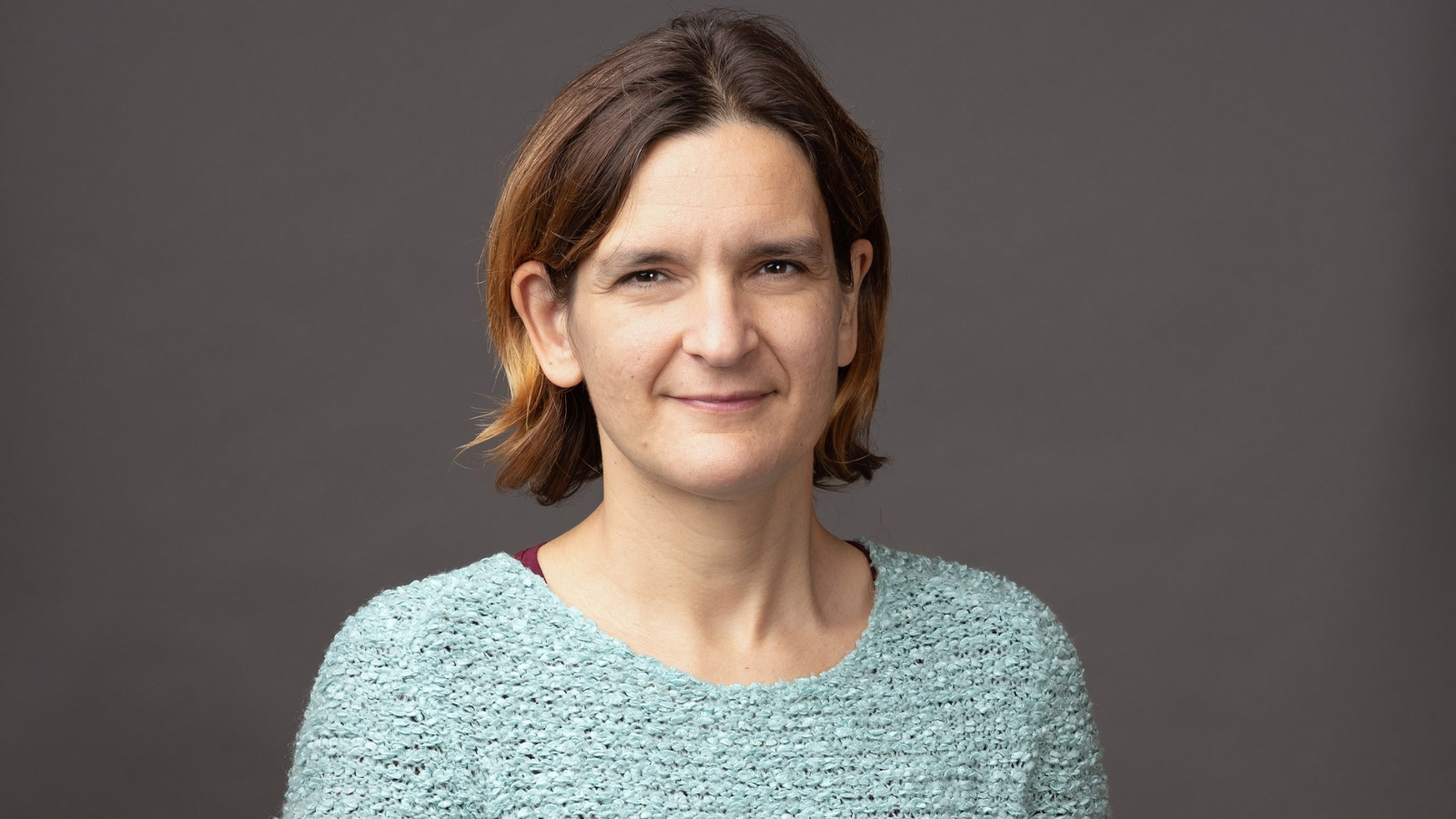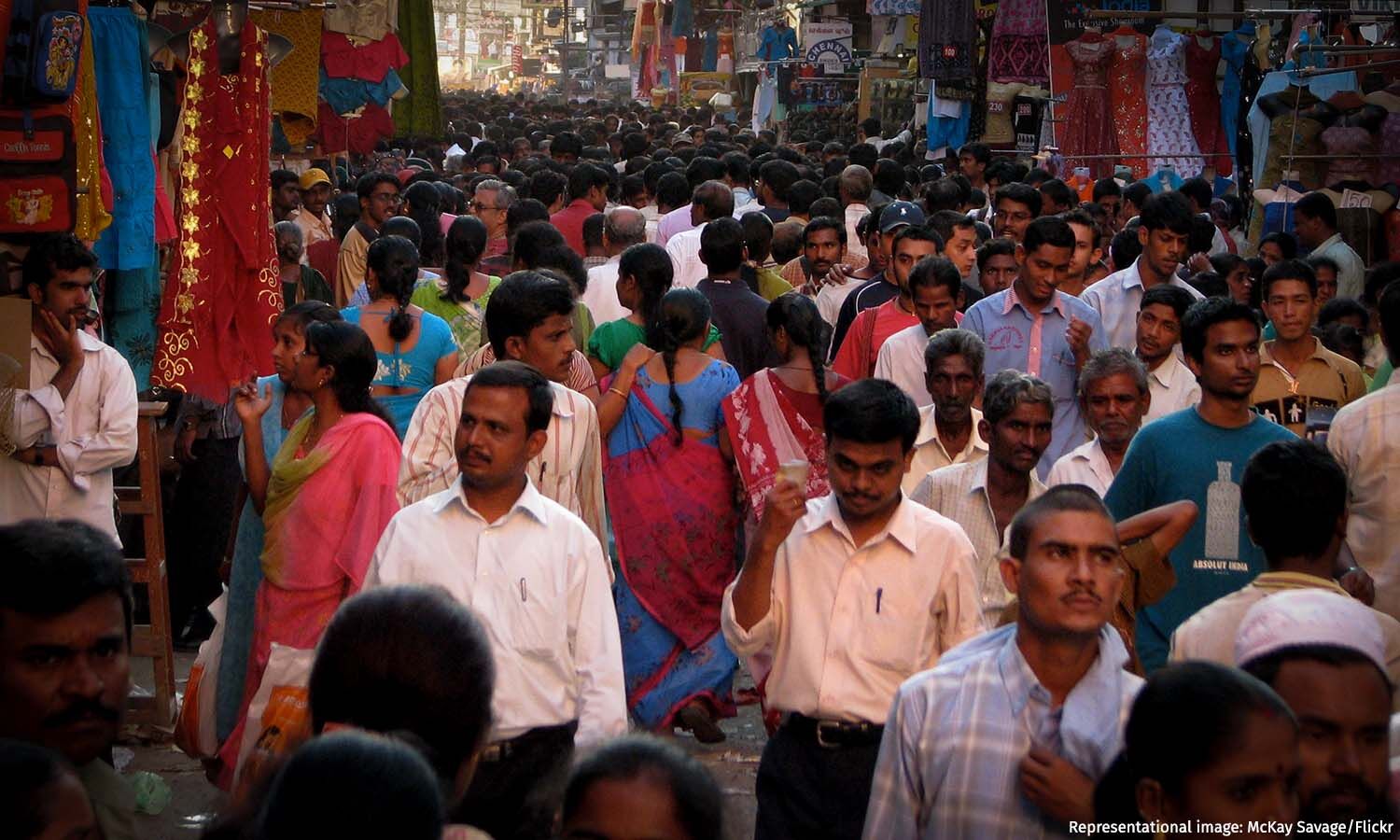- Arvind's Newsletter
- Posts
- Arvind's Newsletter
Arvind's Newsletter
Issue No. #1070
1.Apple’s quiet pivot to India: Financial Times
Eight years after Apple was wooed to India, Taiwanese supplier Foxconn and India’s Tata Electronics are now, or soon will be, manufacturing iPhones not only in Karnataka but also Tamil Nadu, India’s southernmost state.
Most significantly, Foxconn is producing Apple’s latest smartphone, the iPhone 16 Pro, an indication of how far its relationship with India has developed. For India, it is an important shift.
Mobile phones have now surpassed diamonds as the country’s biggest product export. And although only around 15 per cent of Apple’s iPhones are currently made in India, this is expected to increase to 25 per cent by 2027, according to JPMorgan and Bank of America analysts. Globally, the company shipped some 232mn iPhones in 2024, according to the International Data Corporation.
The return of Trump to the White House, already firing salvos at China with a 10 per cent tariff on imports, underlines why Apple needs to diversify its supply chain and manufacturing, a business strategy known as China Plus One. The stakes of Apple’s relationship with India are also high for the Modi government, which is under pressure to create sorely needed jobs. Read on.
2.India's top 10 firms valued at $1.1 trillion, surpass Saudi Arabia's GDP
The combined value of India’s top 10 most valuable companies has skyrocketed to Rs 96 lakh crore (approximately $1.1 trillion), surpassing the entire GDP of Saudi Arabia, according to the 2024 Burgundy Private Hurun India 500 report. India's 10 most valuable firms now accounts for nearly one-third of India’s GDP and 30% of the total value of India’s top 500 companies.
3.Indian schools treat math skills picked up at home: Nobel Laureate Esther Duflo
Findings of a new study, shows that working children excel at market calculations but struggle with textbook problems in Indian schools, while children in schools work well with academic math problems, but don’t do as well in practical calculations.
In a study published in the journal Nature, a team from the Abdul Latif Jameel Poverty Action Lab (J-PAL), including Nobel Prize-winning economists Esther Duflo and Abhijit Banerjee, found that children working in markets can do complex transactions as part of their job, but struggle with textbook math taught in schools, while children in schools work well with academic math problems, but don’t do as well in practical calculations.
The study examined children in Delhi and Kolkata to understand how math skills transfer between real-world and classroom settings. In an interview with The Indian Express, Duflo discusses the findings and their implications for curriculum and teaching.
4.Global pharma eyes India's obesity mkt, but weight-loss drugs face hurdles
India, grappling with a growing obesity epidemic, has caught the attention of pharmaceutical companies selling weight-loss drugs. Between 2025 and 2026, the country is set to witness the launch of major obesity drugs.
These drugs belong to a class known as glucagon-like peptide receptor agonists (GLP-1RAs), which mimic a natural hormone that helps regulate blood sugar and appetite. It gives the brain receptors the sense of fullness, and also slows the emptying of the stomach, thereby helping a person lose weight.
Leading global pharma companies, including US-based Eli Lilly and Denmark’s Novo Nordisk, are gearing up to introduce their drugs in India.
Eli Lilly has announced plans to launch tirzepatide (branded as Mounjaro) in India in 2025, pending regulatory approvals. Novo Nordisk, on the other hand, has not provided a confirmed launch date but said that it is working towards making its semaglutide injection (2.4 mg) available in India “as soon as possible”.
5.IndiGo sheds budget domestic airline tag with upmarket overseas push: Financial Times
India’s biggest airline is leaving behind its budget image as it expands overseas and adds business-class seating, building on its dominant position at home in the world’s fastest-growing commercial aviation market.
IndiGo will bolster the number of international destinations it serves to about 40 by the end of March, up from 26 two years ago, after adding direct connections to cities such as Jakarta and Nairobi, while recently offering premium “stretch” cabins on popular shuttle routes between major Indian cities, including Mumbai and Delhi.
The move blends its cost-conscious, India-centric focus with newer, fuller-service offerings, according to chief executive Pieter Elbers — setting itself up for fierce competition with global long-haul carriers and departing from its budget roots.
“We have left that station long ago,” Elbers told the Financial Times in an interview. “I think some of us are calling us a hybrid, I’m fine with whatever name you put on it.”
Operating for almost 20 years, IndiGo has reached commanding heights as more Indians take to the skies. It has seized more than 60 per cent of the domestic market — up from 37 per cent a decade ago. A focus on costs and efficiency has helped its rise in a turbulent environment where many local competitors have fallen — including the billionaire backed Go First, Kingfisher Airlines and Jet Airways.
6.Reliance secures no. 2 spot in global FutureBrand Index 2024, surpasses Apple
The US no longer dominates the top of the FutureBrand Index, in a landmark achievement, Reliance Industries Limited (RIL) has been ranked No. 2 in the FutureBrand Index 2024, surpassing global technology giant Apple.
This marks the first time an Indian company has entered the top three of this prestigious global ranking, showcasing the growing influence of Indian corporations on the world stage.
According to the FPI Global Ranking 2024, Reliance made a remarkable leap from No. 13 in 2023 to No. 2 in 2024, reflecting its strong brand positioning, consumer trust, and strategic growth across multiple industries, including energy, telecommunications, and retail.
7.How Declining Population Could Impact Finances Of Southern States
On November 18, Andhra Pradesh scrapped existing prohibitions on candidates with large families contesting municipal and panchayat elections. Elsewhere, Tamil Nadu Chief Minister M.K. Stalin wrote and spoke about southern states potentially losing out on tax revenues and political representation.
The five southern states--Andhra Pradesh, Tamil Nadu, Kerala, Karnataka and Telangana--have total fertility rates (TFR, or the number of children an average woman will have in her lifetime) below the national average. A low TFR is desirable, as it is linked to increased income per capita and lower poverty rates. It may also be temporary and not signal a serious population decline, according to sociologist and demographic researcher Sonalde Desai.
Policymakers and politicians in the southern states increasingly see their lower TFRs leading to a reduction in their share of the Union government’s pool of divisible taxes. In addition, their political representation in Parliament could decline following delimitation, an exercise due in 2026 after which the new boundaries of parliamentary constituencies will be determined based on the population.
8.As China shows signs of backing its domestic private sector, Western tech and financial firms are increasingly scaling back their presence there
With US-China trade tensions rising, tech companies are adopting an “Anything But China” approach, The Wall Street Journal reported, by not only diversifying their supply chains, but also building factories outside of the country.
The relocation is much more permanent, and a boon to alternative locations like Mexico and Malaysia. And on Wall Street, banks are shifting their Asia resources to Japan and India, as tightening US restrictions on China investments — coupled with Beijing’s sluggish economy — make the country “a fading prospect,” Bloomberg wrote.
9.The skies will become more crowded than ever over the next decade, as drones, flying taxis, and rockets compete with the growing numbers of airliners.
Passenger plane numbers are expected to rise by a third to 36,000 by 2034, while the space industry is exploding: The number of objects launched into space went up tenfold between 2013 and 2023, and orbital debris is becoming “a critical safety and air traffic control issue,” one analyst told the Financial Times.
Drone deliveries and piloted and autonomous air taxis are being trialed around the world. The rapidly expanding use of airspace is approaching a “limit in [human] cognitive capacity,” an expert said, and would require increasing use of automation and artificial intelligence.
10.Kevin Kelly’s fifty travel tips
Kevin Kelly is Senior Maverick at Wired magazine. He co-founded Wired in 1993, and served as its Executive Editor for its first seven years. His books include The Inevitable, which is a favourite of mine. In a blog post he wrote on 50 years of travel tips.
Here is one of them, in part (as reported in Marginal Revolution blog):
“Here in brief is the method I’ve honed to optimise a two-week vacation: When you arrive in a new country, immediately proceed to the farthest, most remote, most distant place you intend to reach during the trip. If there is a small village, remote spa, a friend’s farm, or a wild place you plan on seeing on the trip, go there immediately. Do not stop near the airport. Do not rest overnight in the arrival city. Do not pause to acclimate. If at all possible proceed by plane, bus, jeep, car directly to the furthest point without interruption. Make it an overnight journey if you have to. Then once you reach your furthest point, unpack, explore, and work your way slowly back to the big city, wherever your international departure airport is.
In other words you make a laser-straight rush for the end, and then meander back. Laser out, meander back. This method is somewhat contrary to many people’s first instincts, which are to immediately get acclimated to the culture in the landing city before proceeding to the hinterlands. The thinking is: get a sense of what’s going on, stock up, size up the joint. Then slowly work up to the more challenging, more remote areas. That’s reasonable, but not optimal because most big cities around the world are more similar than different. All big cities these days feel same-same on first arrival. In Laser-Back travel what happens is that you are immediately thrown into Very Different Otherness, the maximum difference that you will get on this trip.”
Here are the rest, mostly I agree.
11.Tesla Hires in India, Signaling Entry Post Modi’s US Trip
In a sure sign Tesla plans to enter the Indian market, the EV maker has put up job ads in the country, shortly after CEO Elon Musk met Prime Minister Narendra Modi when he visited the US last week. Tesla has stayed away from India over concerns on high import duties, but the basic customs duty on high-end cars was cut from 110% to 70% this month. While India’s EV market is still nascent compared to China’s, it offers an avenue for Tesla to check slowing sales after it posted its first annual drop in EV sales in over a decade.








